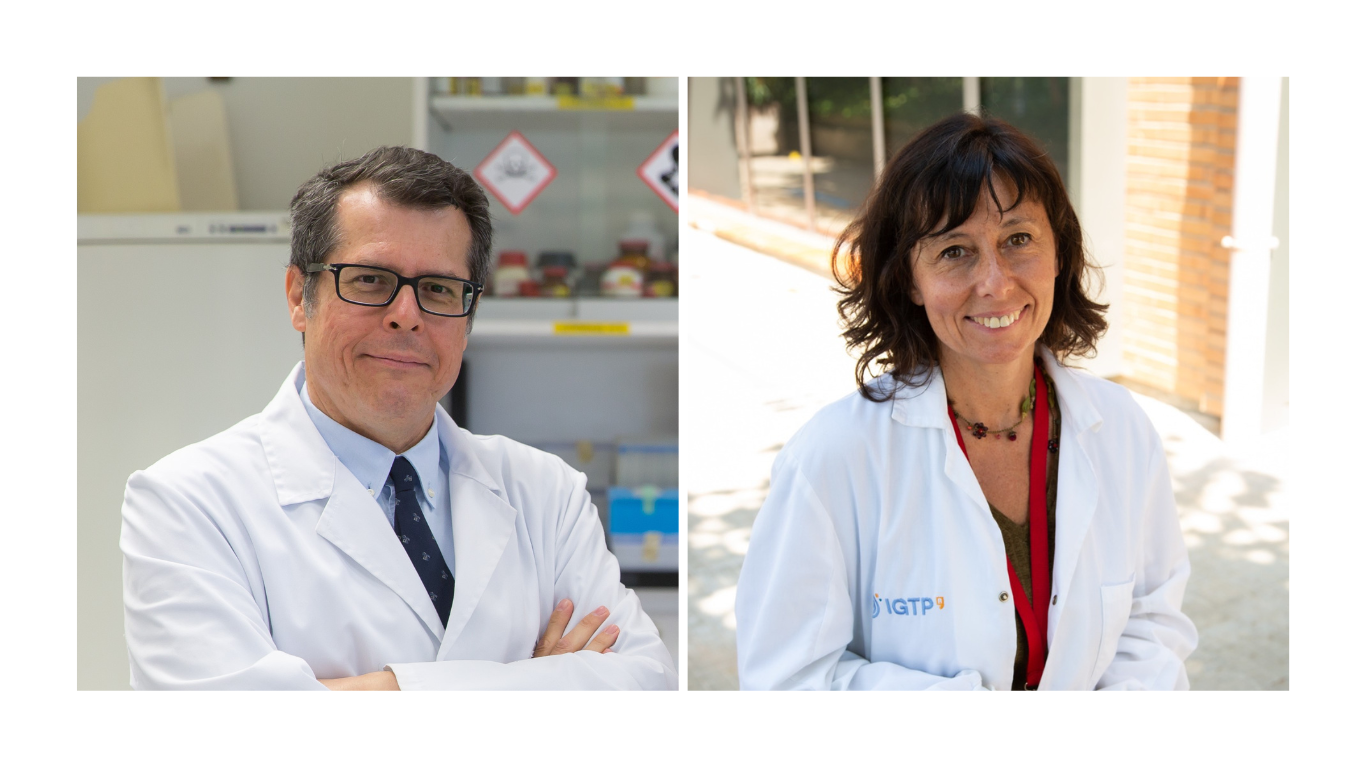Collaborative study identifies potential targets to treat the most common childhood liver cancer

Hepatoblastoma is the most frequent liver cancer in childhood. Despite the advances in its combined treatment involving surgery and chemotherapy, this disease presents significant therapeutic challenges, especially for patients with aggressive tumours.
A collaborative study, led by Cima Universidad de Navarra, has identified key epigenetic targets for its treatment. This research opens up new perspectives for dealing with various cancer forms.
"Our work shows that epigenetic alterations play a crucial role in the development and progression of the disease. Specifically, we have identified a promising therapeutic target, the enzyme histone-lysine methyltransferase G9a, which actively participates in epigenetic regulation in these tumours", notes Dr Matías Ávila, co-director of the Solid Tumours Program at Cima and coordinator of the project. This work has been done in collaboration with Dr José Juan García Marín (USAL - Universidad de Salamanca e IBSAL), Dr Maria Luz Martínez-Chantar (Center for Cooperative Research in Biosciences - CIC bioGUNE), Dr Pau Sancho-Bru (August Pi i Sunyer Biomedical Research Institute - IDIBAPS), and Dr Carolina Armengol from the Germans Trias i Pujol Research Institute (IGTP).
"This discovery is a significant step in understanding hepatoblastoma and offers new opportunities to develop targeted therapies that can enhance the quality of life for paediatric patients battling this disease", states Dr Carolina Armengol, who brings two decades of experience in hepatoblastoma research and leads the Childhood Liver Oncology (C-LOG) group at IGTP, a pioneering group in the study of childhood liver cancer in Spain.
According to Dr Maite García, a researcher in Cima's Hepatology Group, "this work not only sheds light on hepatoblastoma but also suggests that therapies aimed at the G9a enzyme could be effective for other tumour types dependent on the same oncogene (c-MYC)". The results have been published in the scientific journal Journal of Hepatology.
Cell growth blockage
The study found that, even though hepatoblastoma does not exhibit many genetic mutations, it does display alterations in certain mechanisms that control gene activity. "These are known as 'epigenetic' mechanisms, and their disruption is significant in cancer development. In particular, we found that an enzyme called G9a was highly active in these tumours. When we blocked this enzyme with inhibitory molecules in laboratory experiments, we could halt the growth of hepatoblastoma cancer cells", the authors of the study point out.
They also observed that this childhood liver cancer changes the way cells metabolise nutrients. By blocking G9a, they were able to reverse these metabolic changes, which play a crucial role in cancer growth.
This study underscores the importance of epigenetic alterations in hepatoblastoma and suggests that G9a is a promising therapeutic target. Furthermore, it provides a deeper understanding of the molecular mechanisms involved in the aggressiveness of childhood liver tumours and the lack of response to pharmacological therapy. These findings could lead to the development of new and more effective tools and therapies for treating this disease.
This multicentre study was conducted within the framework of the Biomedical Research Networking Center in Hepatic and Digestive Diseases (CIBEREHD), as part of the Coordinated Project PMed4HB, and received support from the Ministry of Science and Innovation and the Spanish Association Against Cancer, among other public and private institutions.
Identifying new therapeutic targets for hepatoblastoma
Dr Armengol has also participated, as part of the coordinated project "Personalized Medicine for Childhood Liver Cancer", funded by the Spanish Association Against Cancer, in another study published in the journal Nature Communications. The research addresses a new challenge in understanding and treating hepatoblastoma: researchers have developed a mouse model that accurately mimics the pathological characteristics of hepatoblastoma, especially in the case of aggressive tumours that present lower survival prospects.
Additionally, using advanced techniques for single-cell RNA sequencing and complex analysis, scientists identified different subpopulations of cancer cells in hepatoblastoma, providing a more detailed understanding of its biology.
One of the most significant contributions of this study is the identification of genes essential for cancer growth, some of which are potential therapeutic targets, such as CDK7, CDK9, PRMT1, and PRMT5 through the development of cell lines from this mouse model. Furthermore, using this experimental hepatoblastoma model, researchers identified the genes responsible for modulating the response to chemotherapy. These findings complement the previous study and open the door to possible targeted treatments for the most aggressive hepatoblastoma, which lacks specific therapeutic options.
References
Clavería-Cabello A, Herranz JM, Latasa MU, Arechederra M, Uriarte I, Pineda-Lucena A, Prosper F, Berraondo P, Alonso C, Sangro B, García Marin JJ, Martinez-Chantar ML, Ciordia S, Corrales FJ, Francalanci P, Alaggio R, Zucman-Rossi J, Indersie E, Cairo S, Domingo-Sàbat M, Zanatto L, Sancho-Bru P, Armengol C, Berasain C, Fernandez-Barrena MG, Avila MA. Identification and experimental validation of druggable epigenetic targets in hepatoblastoma. J Hepatol. 2023 Oct;79(4):989-1005. DOI: 10.1016/j.jhep.2023.05.031
Fang J, Singh S, Cheng C, Natarajan S, Sheppard H, Abu-Zaid A, Durbin AD, Lee HW, Wu Q, Steele J, Connelly JP, Jin H, Chen W, Fan Y, Pruett-Miller SM, Rehg JE, Koo SC, Santiago T, Emmons J, Cairo S, Wang R, Glazer ES, Murphy AJ, Chen T, Davidoff AM, Armengol C, Easton J, Chen X, Yang J. Genome-wide mapping of cancer dependency genes and genetic modifiers of chemotherapy in high-risk hepatoblastoma. Nat Commun. 2023 Jul 6;14(1):4003. DOI: 10.1038/s41467-023-39717-6
